I’m ending my misadventures in China with the capital: Beijing! T’was the same Friday-Monday absurd schedule, but now incorporating 12h train rides. I left work with my bag pack again and headed to Shanghai Railway station for my 21:18 train which, get this, reached Beijing Railway station at 09:24 the next morning.
Oh, forgot to mention this is the slow green train, how exciting. I was thrilled about having a window seat, till I boarded and realised my window seat had no window.

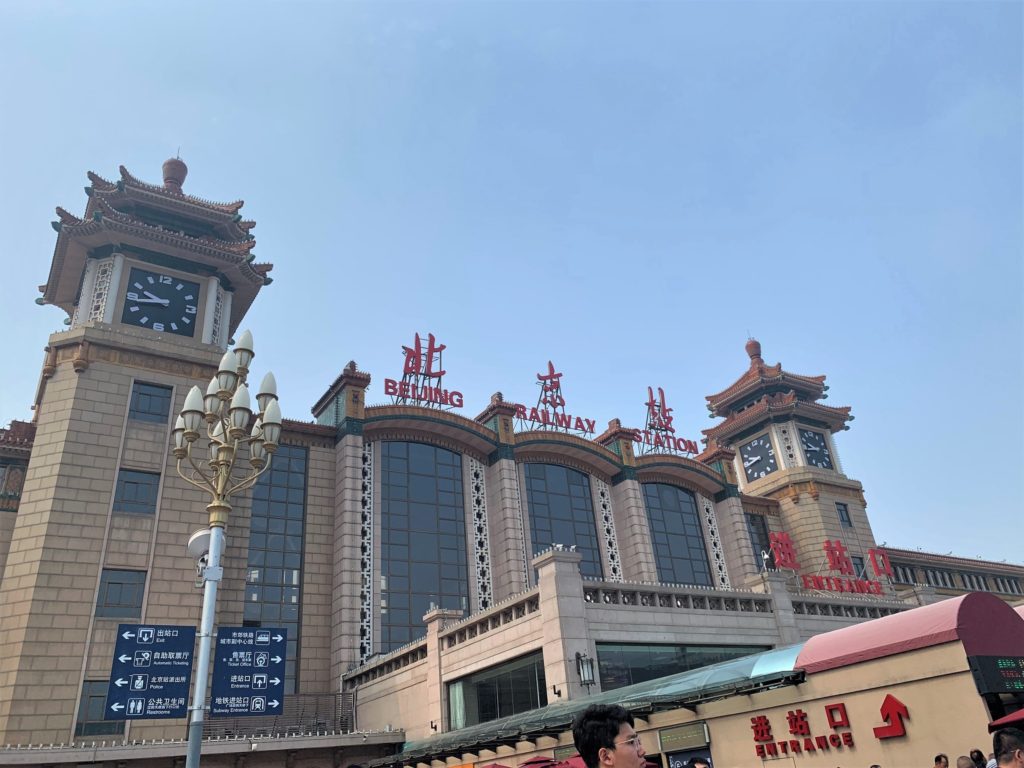
There is a metro right in front of Beijing Railway station, which was insanely crowded and guarded by security. Also, why on earth does it only accept cash for single ticket purchase? Who in China still carries cash?! Back in the early days when I went to a large supermarket and paid in cash, the cashier had to tear the plastic off new wads of notes and coins just to give me my change. Alipay and Wechat Pay have become more ubiquitous than cash, and here I am in Beijing, rationing whatever cash leftovers I still have for the metro.
Anyway for those interested in the answer, it is because the metro in Beijing is the oldest in China. Time for an upgrade. And don’t be alarmed like I was if you see many armed policemen patrolling the platforms, and even inside the trains. I was intimidated despite having done nothing wrong. In times like these, Shanghai felt like a utopia.
Last week I mentioned that the hostel I stayed in was by far the best one. This week’s was by far the shadiest. What goes up must come down, aye. If you are in town, don’t stay at 北京芒果青年旅社, near Dongsi (东四) metro station. Despite a 4.9/5 star rating and nice photos, the hostel was located inside a private apartment building, had zero signage, and no instructions telling me that I had to call them when I arrived so that someone would come down and tap me into the elevator used by residents. In fact, the “hostel” was one unit in the apartment block, and the bedrooms were converted into gendered hostel rooms. And for some reason they could still accept foreigners when the legit hotel in Suzhou couldn’t? Maybe some things are not meant to be understood.
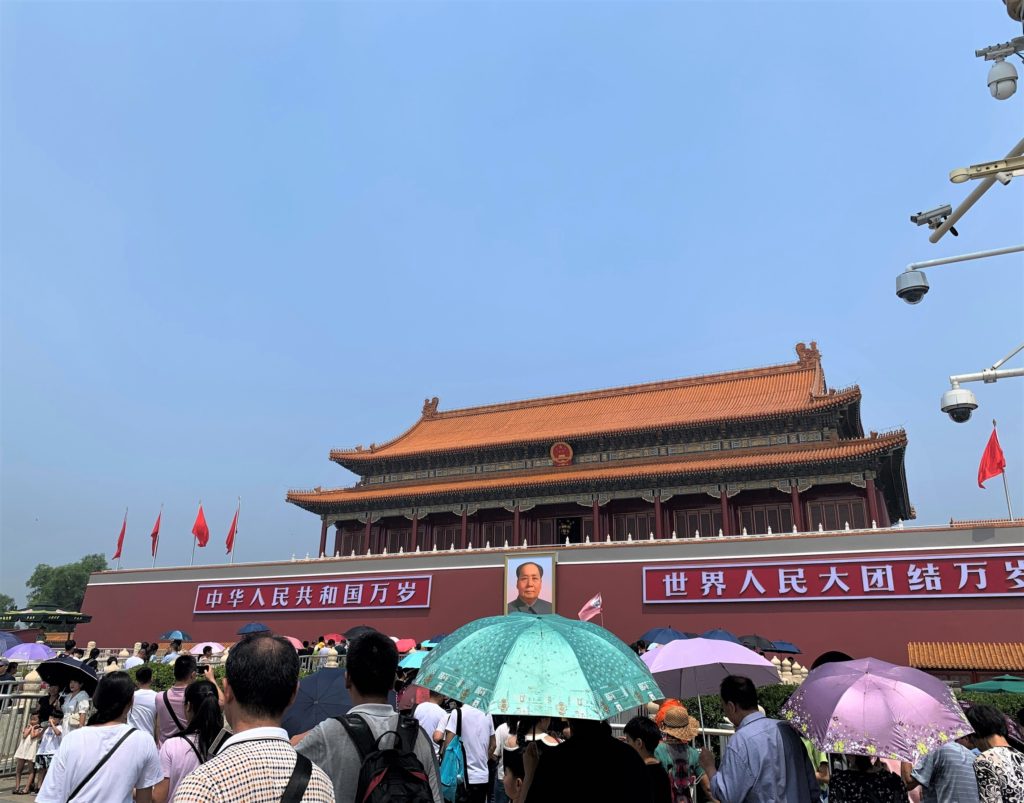
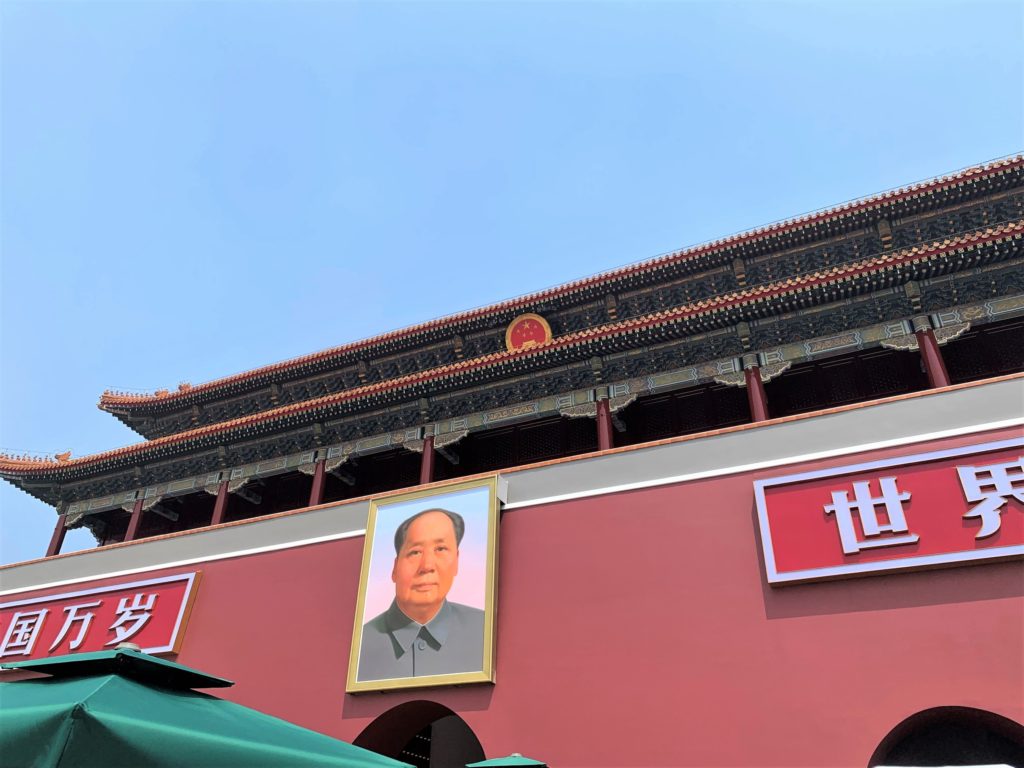
So after that fiasco which took up a lot of time (because where does it say Mango Hostel, where?!! The whole thing has scam written all over it), I took the metro to Tiananmen East (天安门东). PSA to visitors to the Forbidden City (故宫): you have to make a booking online first, else you cannot enter. Mine was for anytime before noon and it was almost 11am when I left the hostel. I was expecting a queue to get in, but was horrified nonetheless when I saw the true extent of it. Anyway, you’d be glad to know I made it in the nick of time.
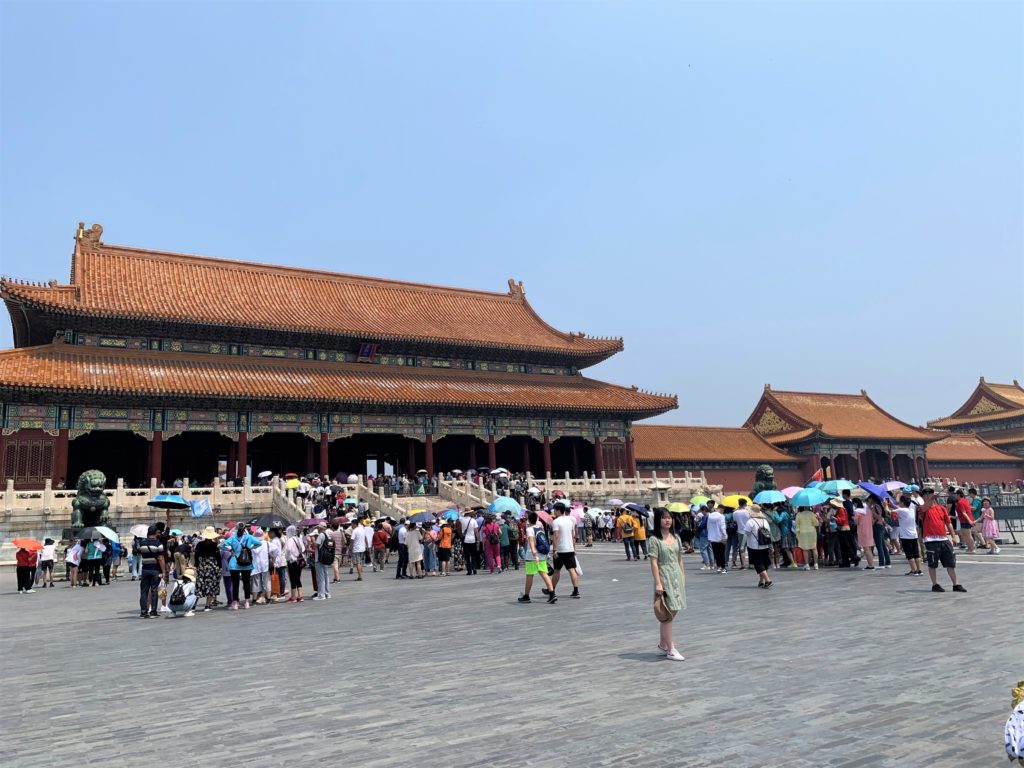
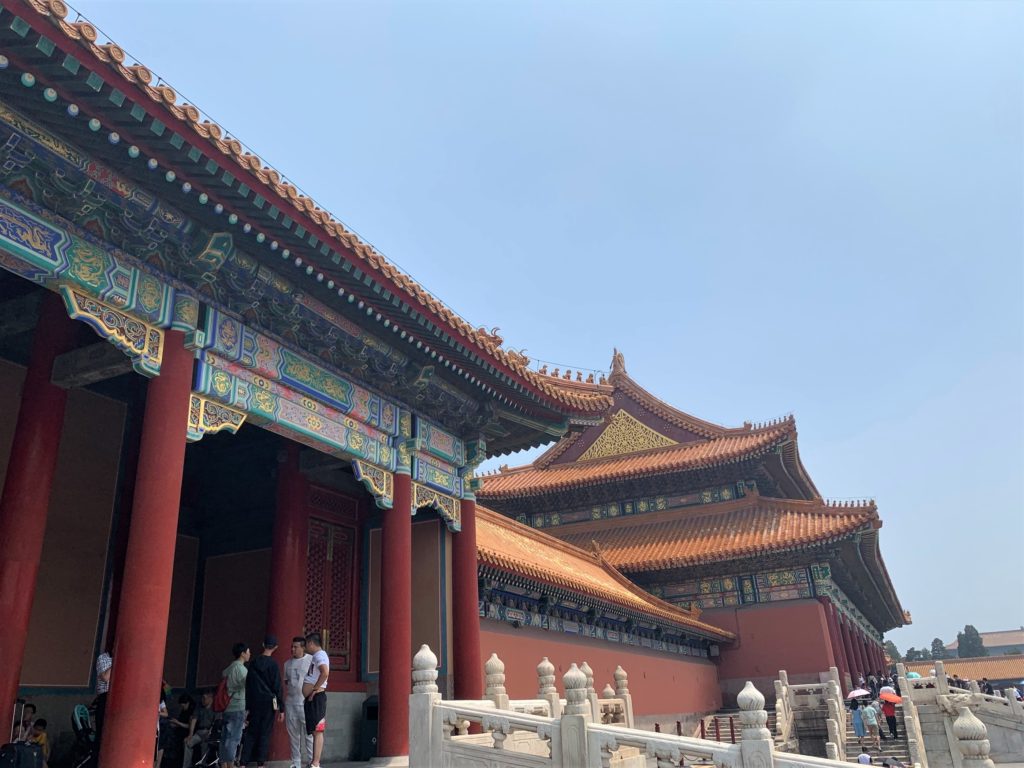
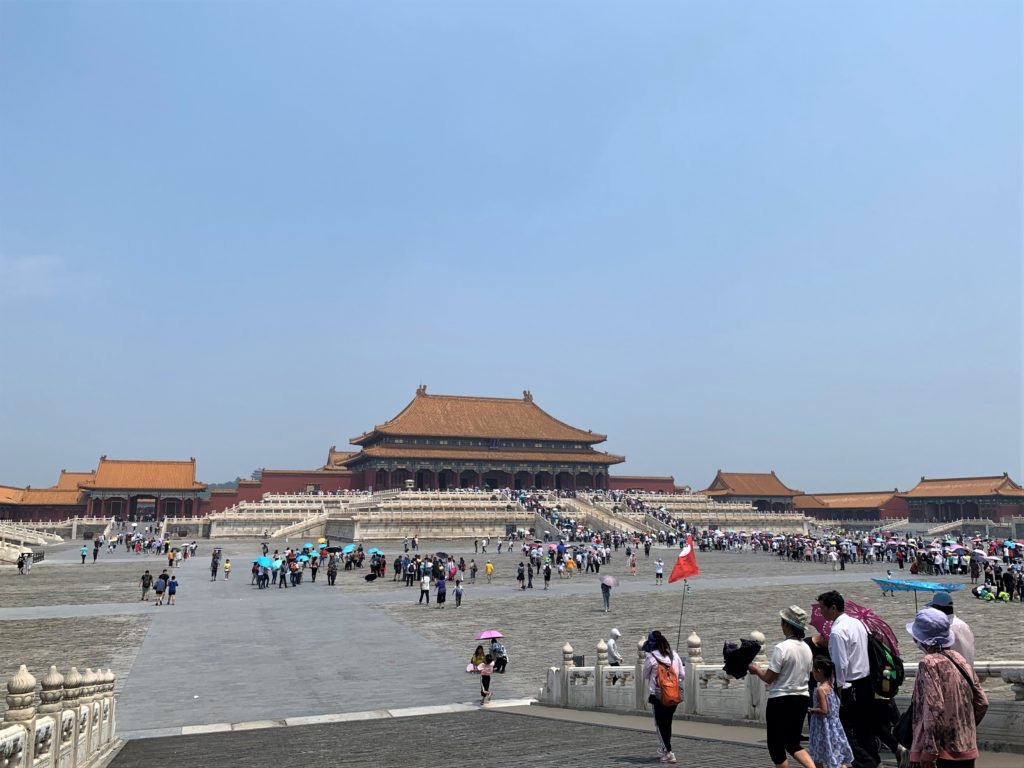
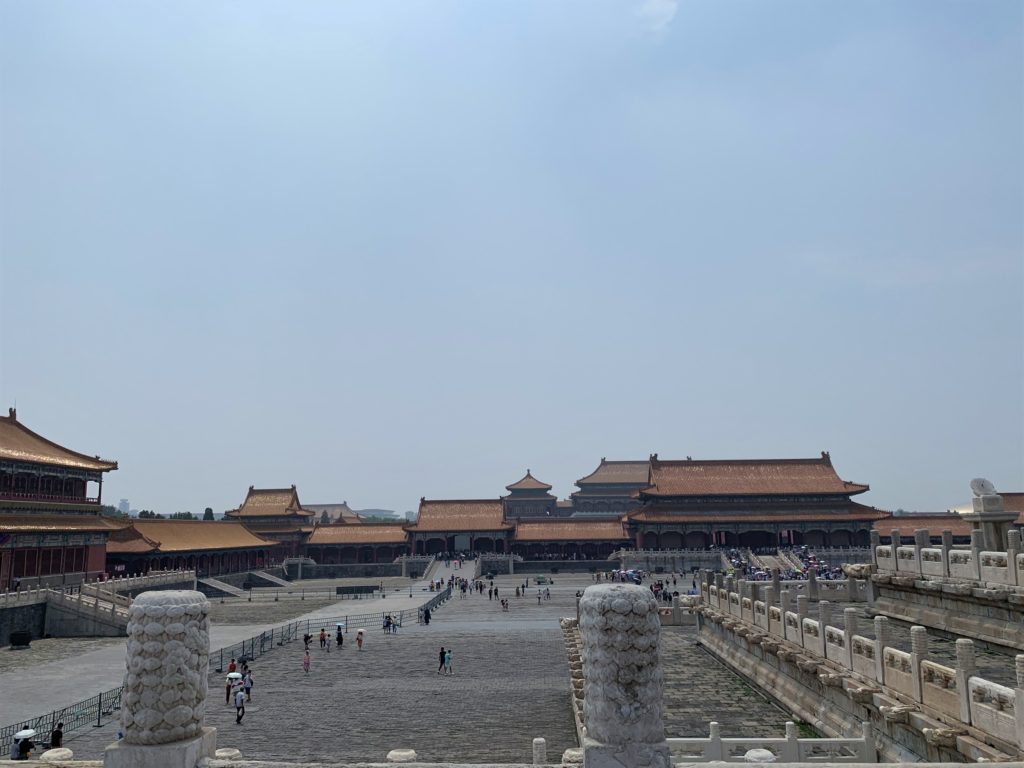
On this particular cloudless summer’s day, the unforgiving sun was to the ground what UV rays are to a tanning bed. Slap on that SPF!! The palace rooms are converted into mini museums, which offer much needed shade and air-conditioning at full blast.
I exited at North Gate and walked towards Dongsi, until I came across the National Art Museum of China (中国美术馆). Entry is free.
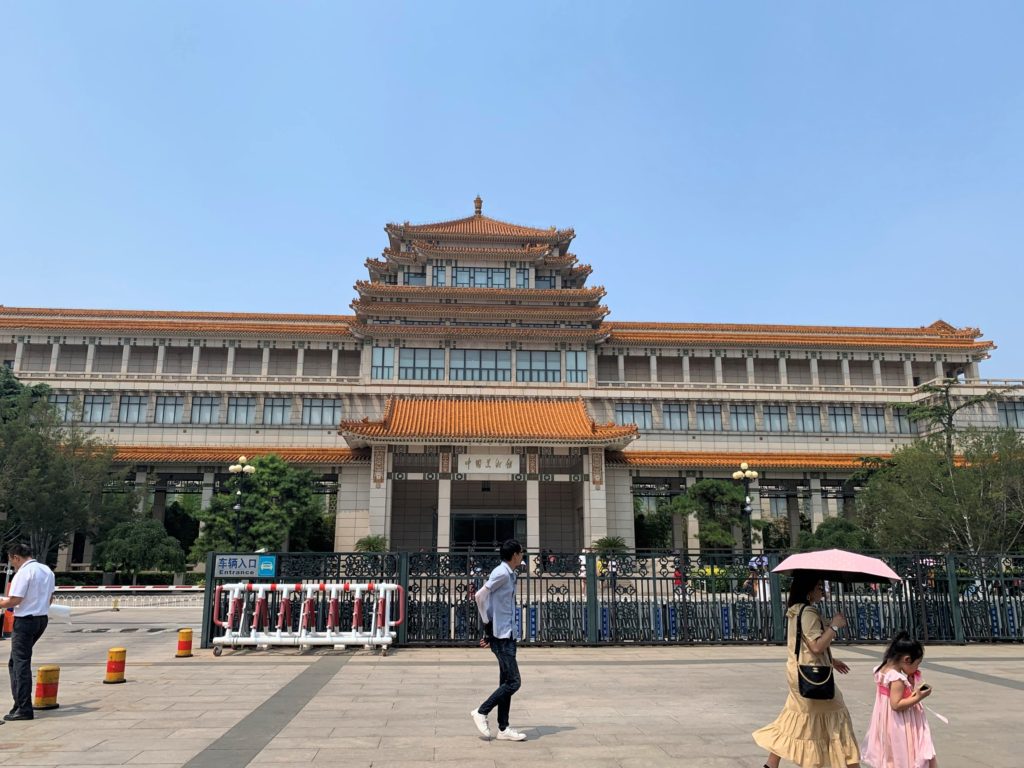
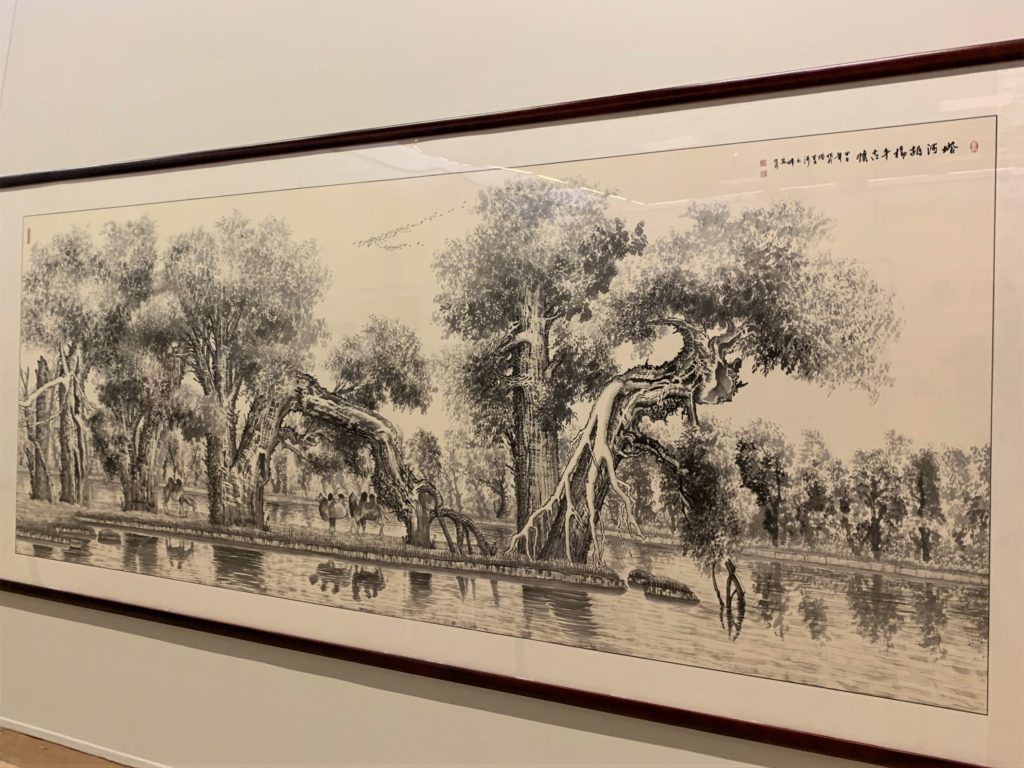
After lunch, I took the metro to Tiantan Dongmen (天坛东门)for the Temple of Heaven (天坛). Entry is RMB17 for students. Those Ming Dynasty emperors really set out to leave their mark in China. They are responsible for building the Forbidden City, and restoring the Great Wall and this temple.
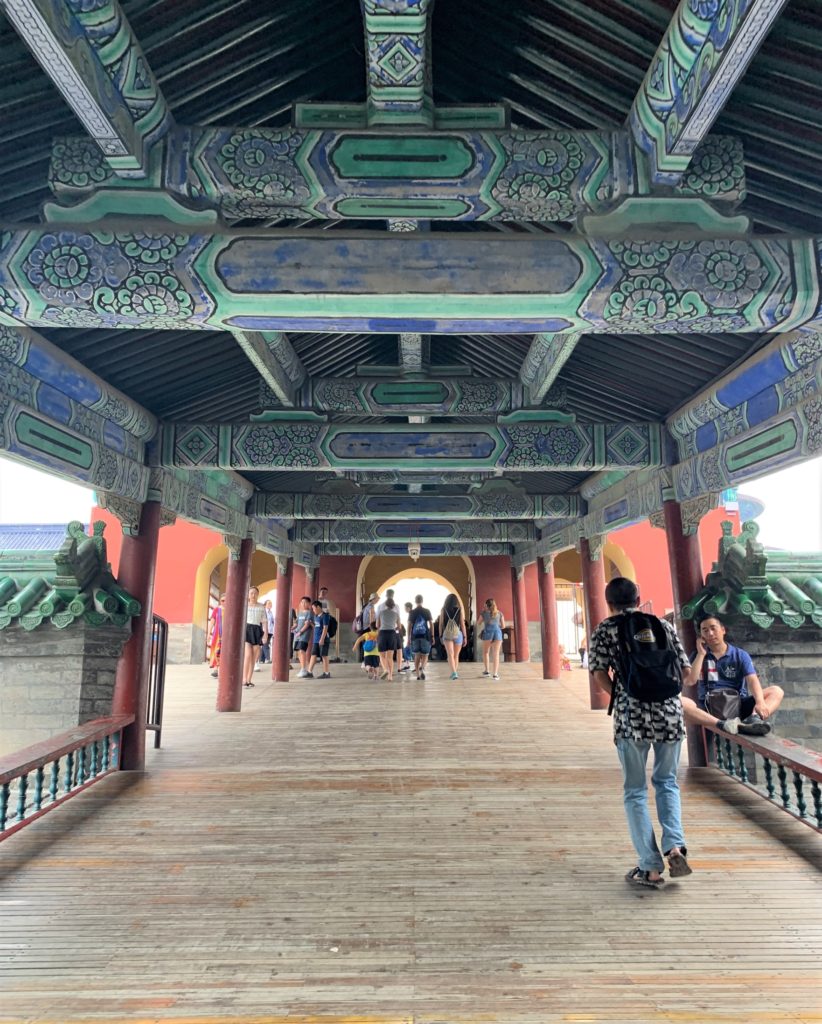
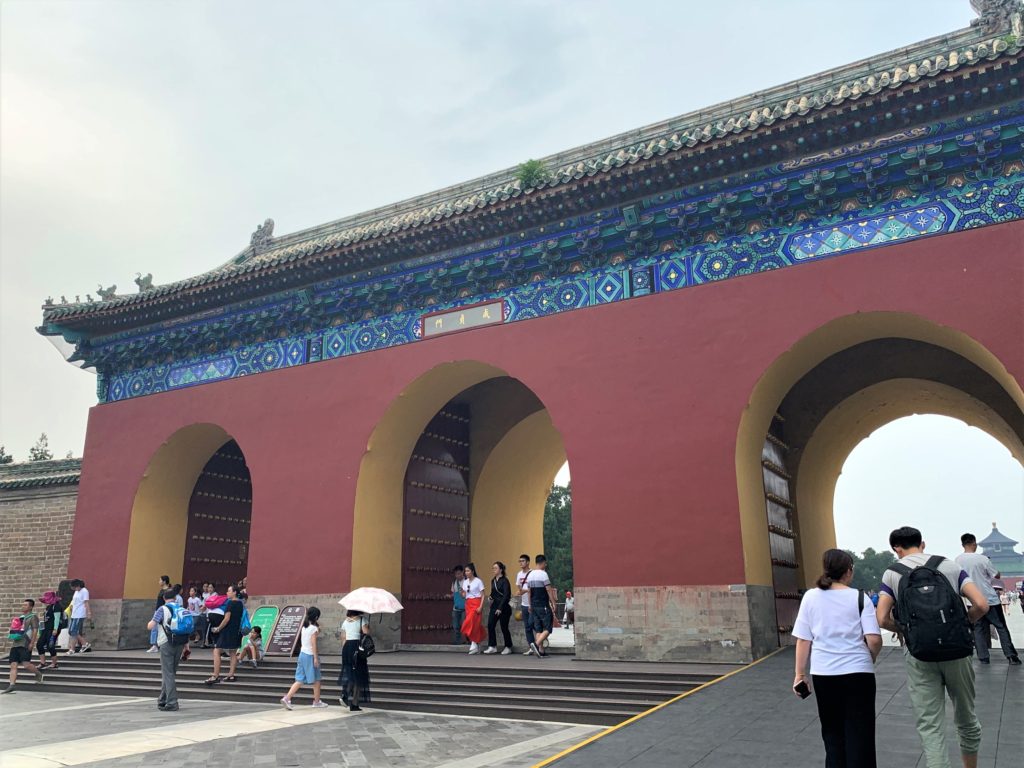
Ming and Qing emperors visited the Temple of Heaven during annual ceremonies, to pray to Heaven for a good harvest. The Hall of Prayer for Good Harvests is a wooden building made without any nails, sat on top of three levels of marble stone base. Meanwhile inside the Imperial Vault of Heaven is an Echo Wall, which is a hard and smooth circular wall. According to the information board, its perfect circumference makes for an excellent reflecting body of sound waves. Apparently if two people stand in two different halls and speak facing north, they can hear each other clearly.
There was a long-ass line of curious folks wanting to try it out, so I decided against it. Who am I kidding, I didn’t queue because there wasn’t anyone I could test it out with. Ahh one of the pitfalls of solo travelling.
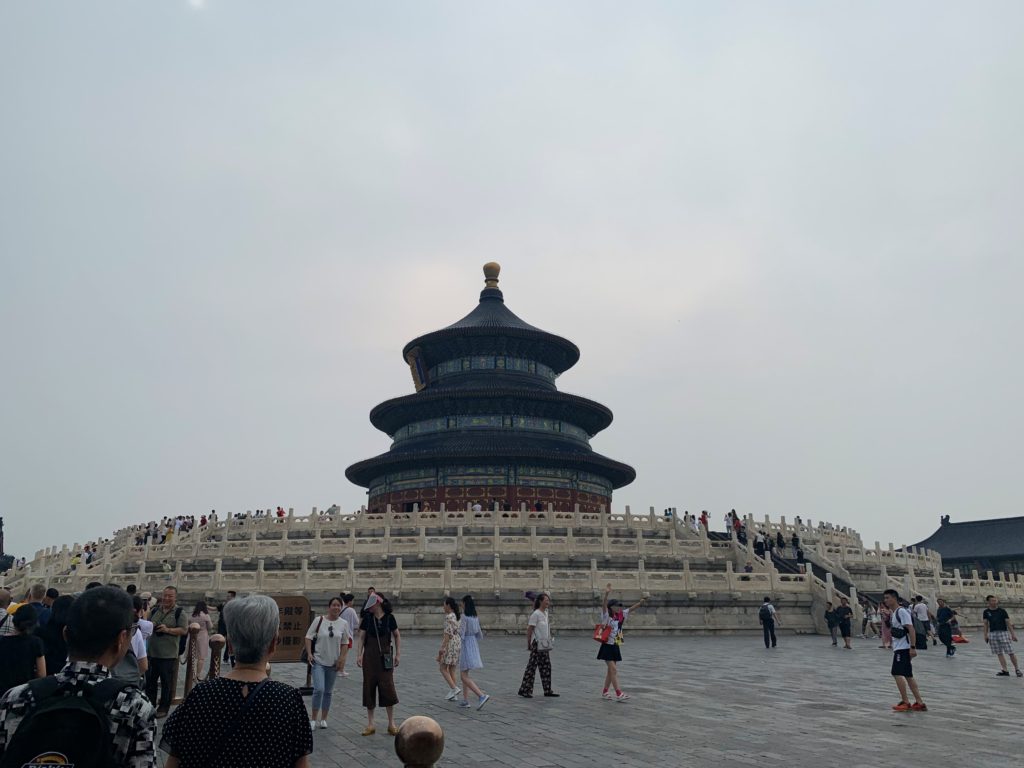
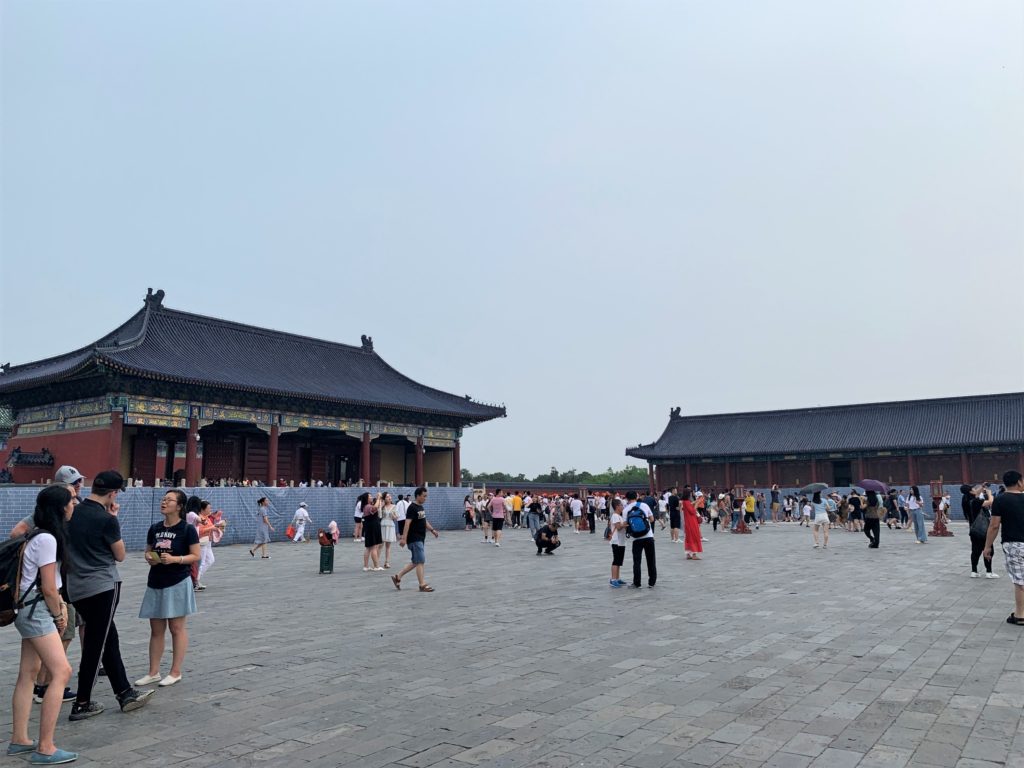
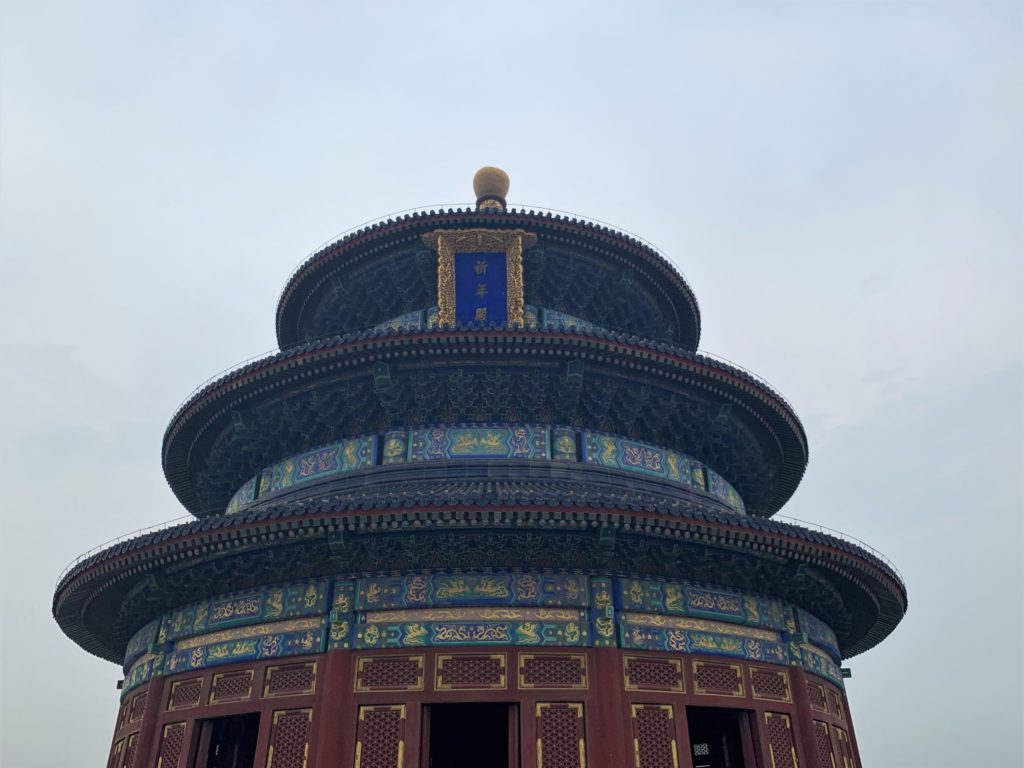
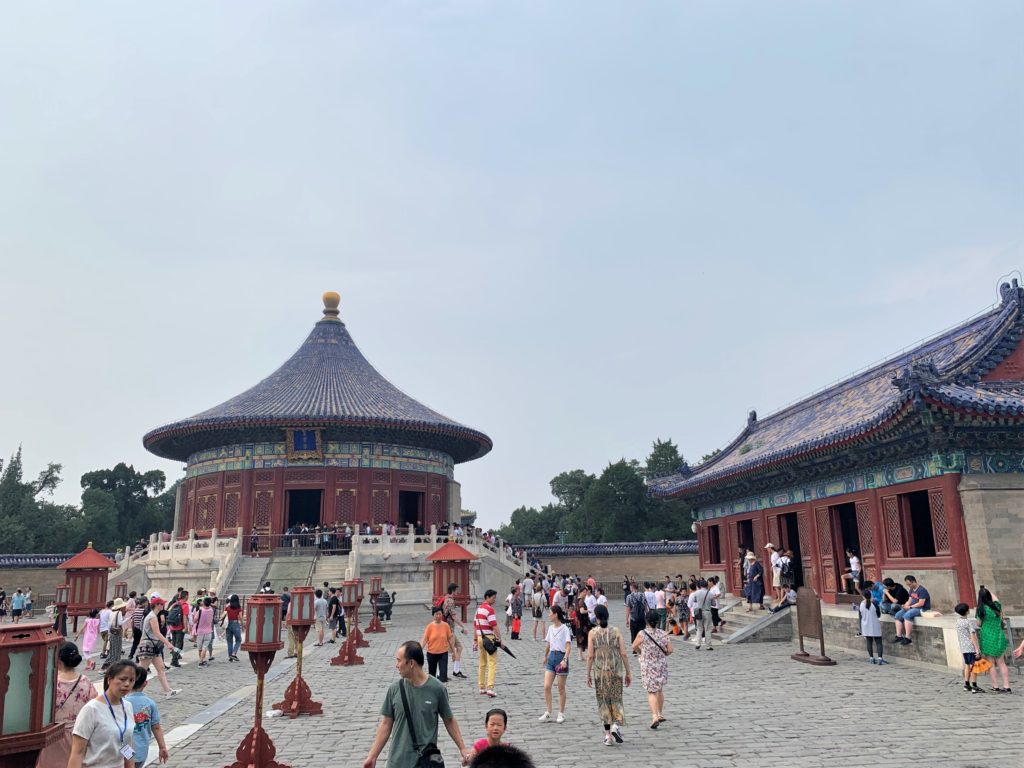
A quick update about my cash situation: my expenditure on single metro tickets was unsustainable (there was still a day two), so I had to purchase the Beijing metro card that went into my Apple Wallet. Right, they have near field communication technology, but I can’t buy single tickets with Alipay. And as I suspected, I had problems transferring out the balance in the card once I was done with it because of inflexible regulations. It’s still in my phone till this day and sometimes goes off when I take public transport in Singapore.
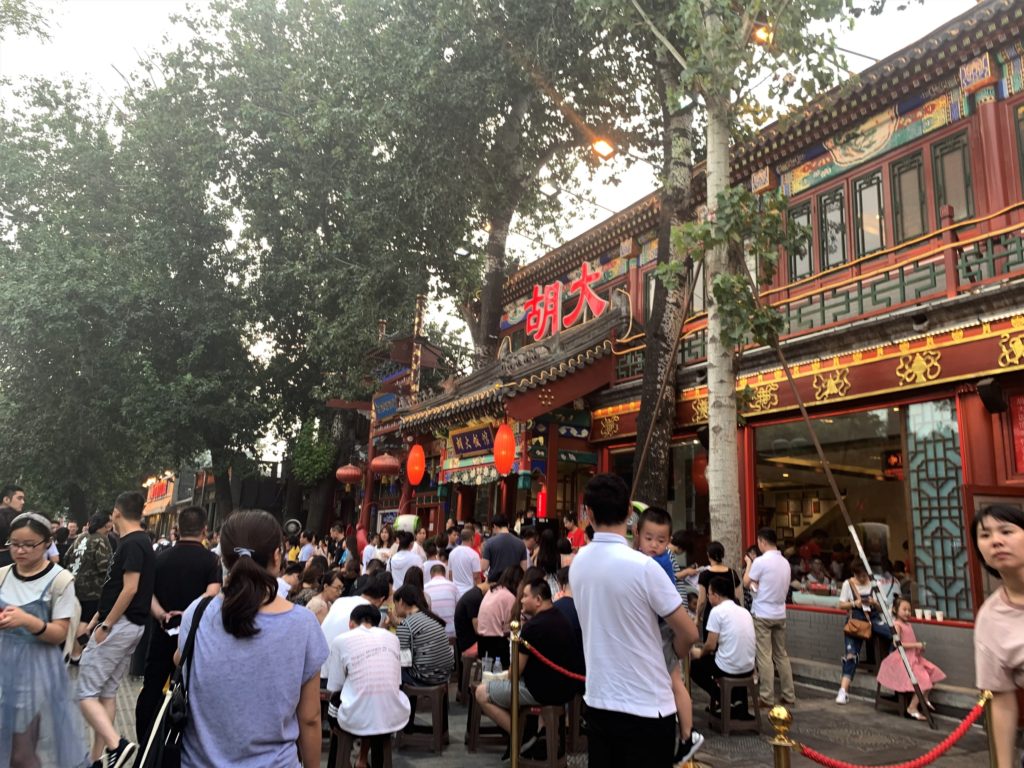
The last stop for the day was Guijie (簋街), which sounds like Ghost Street in English. The nearest metro station is Beixinqiao (北新桥). I forgot why I went there; it is a whole street of restaurants open 24/7. Foodies, it is known for hotpot, spicy crayfish, and every other regional Chinese cuisine.
On Sunday morning, I checked out of the “hostel” at 07:30 to leave enough time to visit the Great Wall of China (万里长城). They charge extra to hold my bag for the day (the first hostel to do this to me), so I had to first go to Beijing Railway station to leave it at left luggage. It costs RMB20 for the whole day; what a steal.
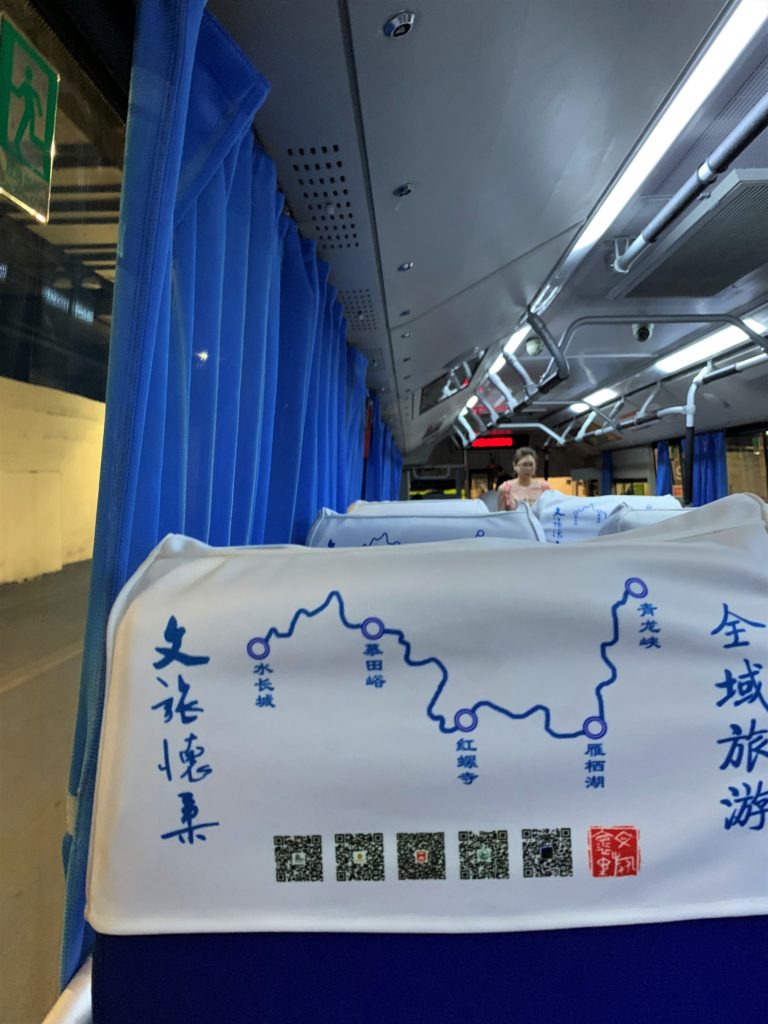
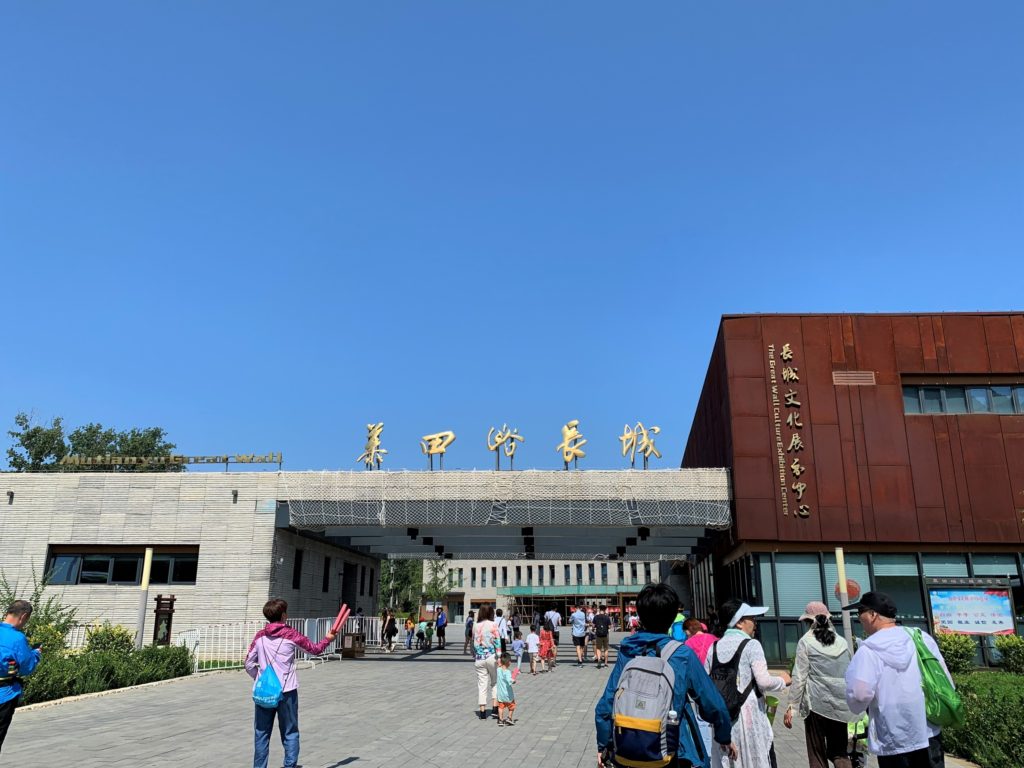
Then I took the metro to Dongzhimen (东直门), to take 916 express from the bus terminal. On the plus side, the Beijing metro card can be used for public transportation to the Great Wall. This took about 1.5h; after which I alighted at Huairou Bei (怀柔北) to change to h23 which goes straight to the Mutianyu (慕田峪) entrance. I managed to catch it immediately by running across the street. Even then, the entire journey from downtown Beijing to Mutianyu took about 2h. Of course, if you have money to spare and prioritise speed and comfort, you can hire a private car.
There are several sections of the Great Wall in Beijing open to the public; the most popular one being Badaling (八达岭). This is the section that you see swarmed with people in photos on holidays, so I avoided it like the plague. However, there is a direct bus from downtown Beijing to Badaling, unlike Mutianyu. Less crowded but further away sections like Jinshanling (金山岭) or Simatai (司马台) require an overnight stay there. If you only have one day and don’t mind travelling a bit further to evade tourists, Mutianyu is the ideal choice.


Entry into the Mutianyu Scenic Area costs RMB40, not inclusive of a roundtrip shuttle bus that costs RMB15 to take you from the ticket office to the base of the wall. So yeah, three buses one way for Mutianyu. I was expecting to climb up to the wall, but man I was not expecting stairs as steep as Huangshan. Cue horrific flashbacks. If you don’t want to use your legs (it’s only for about 20min), a roundtrip cable car ticket up and down the wall costs RMB120. Ahh so that’s how they make the bulk of their revenue. Similar to Huangshan, water, food and souvenirs sold higher up costs more than at the base. I saw some Caucasian tourists arguing with a local shopkeeper over the price of water because they thought she was scamming them, but she wasn’t.

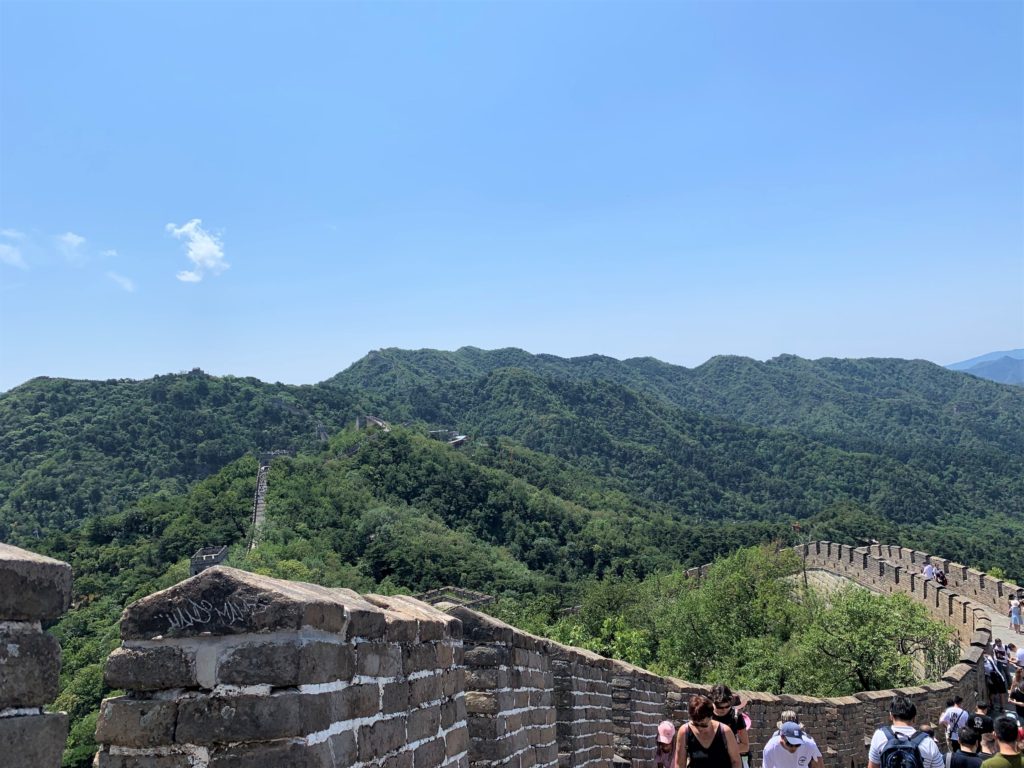
So finally I made it to the top and validated my whole stay in China. Just kidding. But seriously stop asking people who visited China if they saw the Great Wall. Do you know how big China is.
Wall:
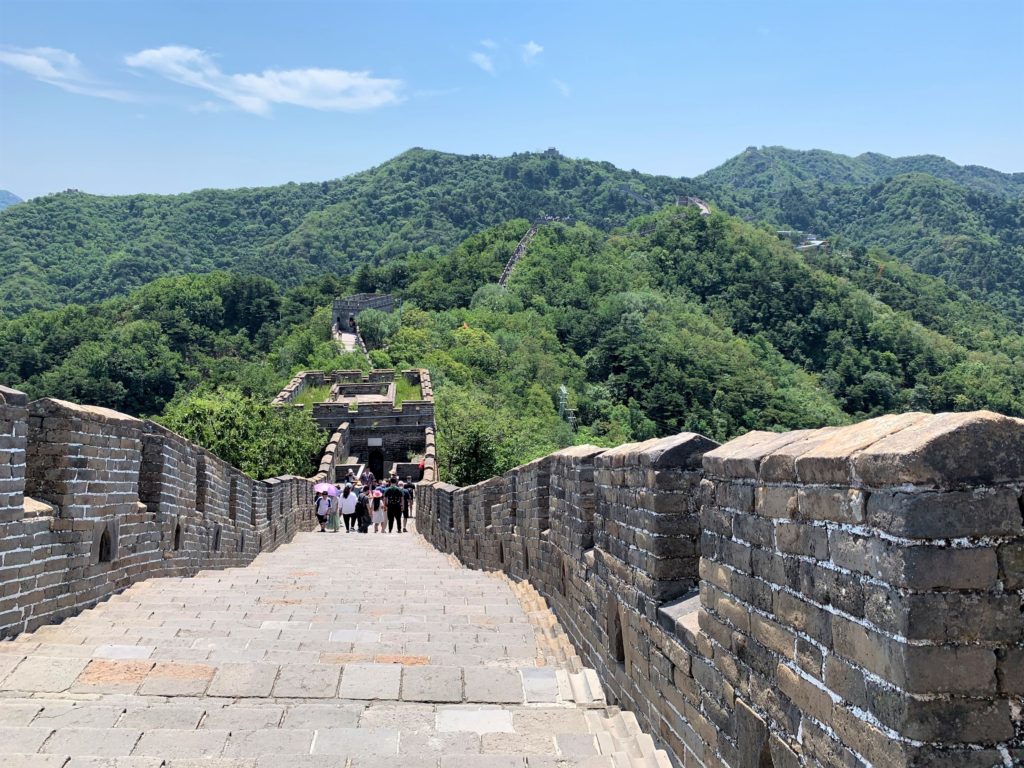
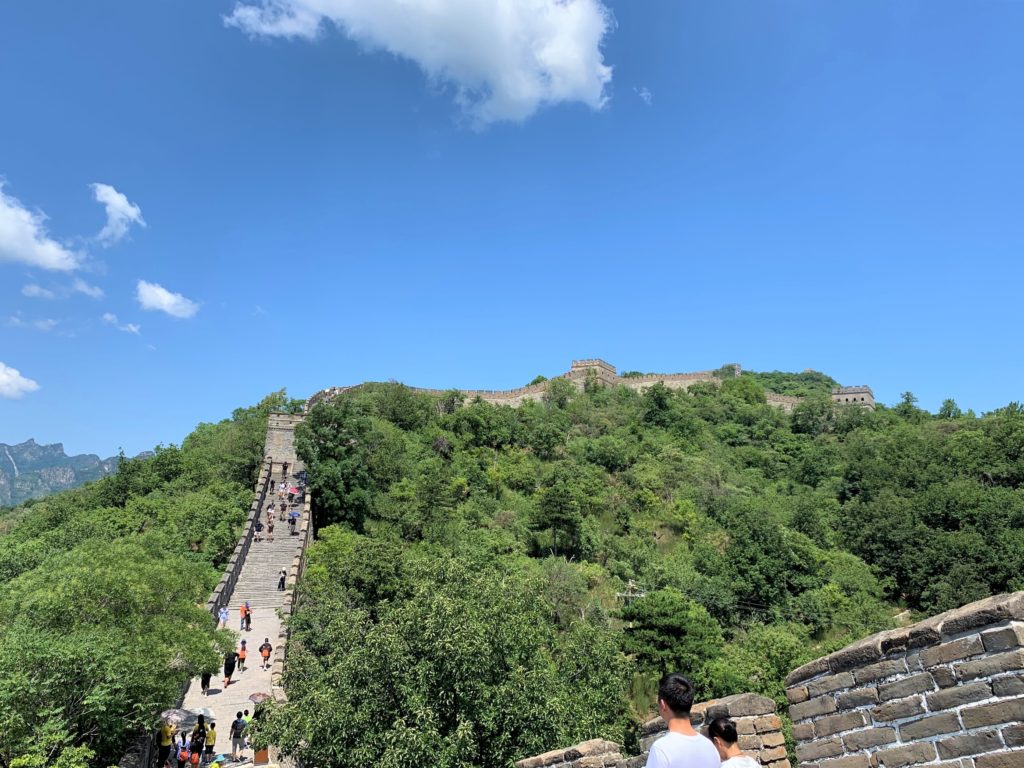
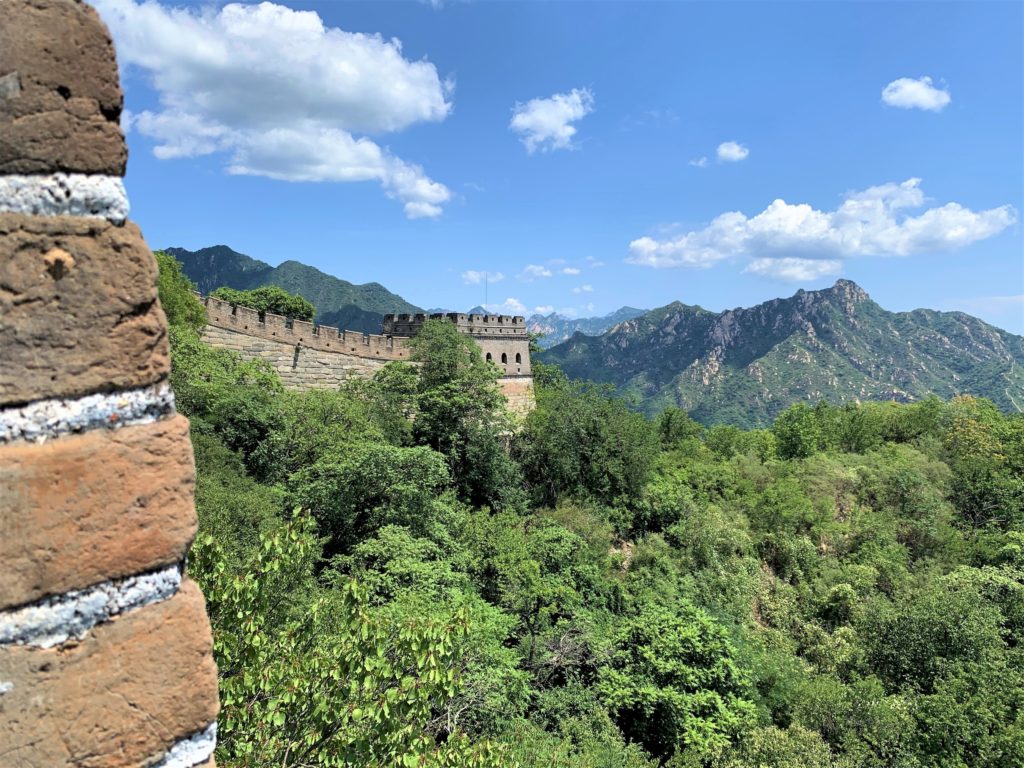
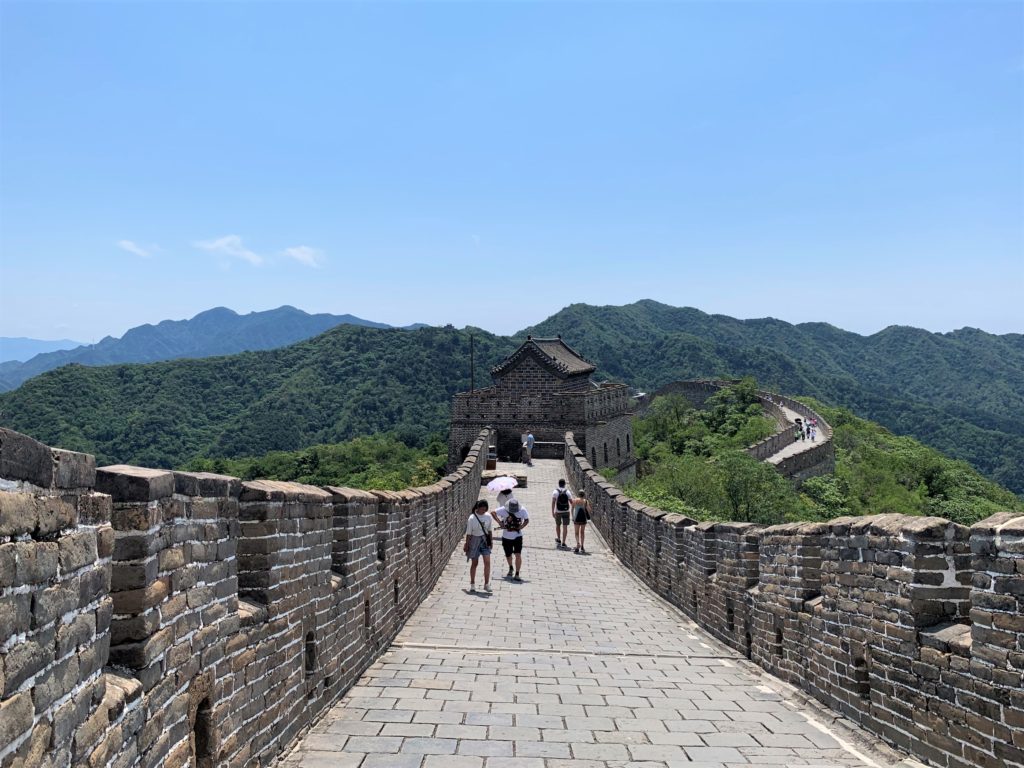
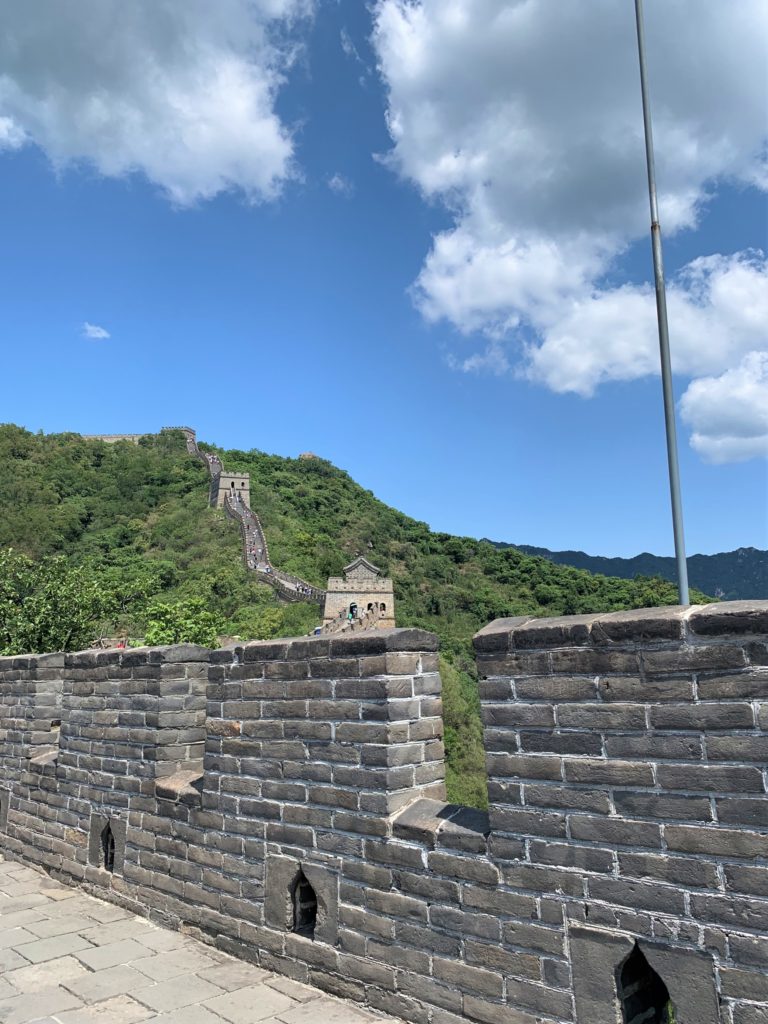
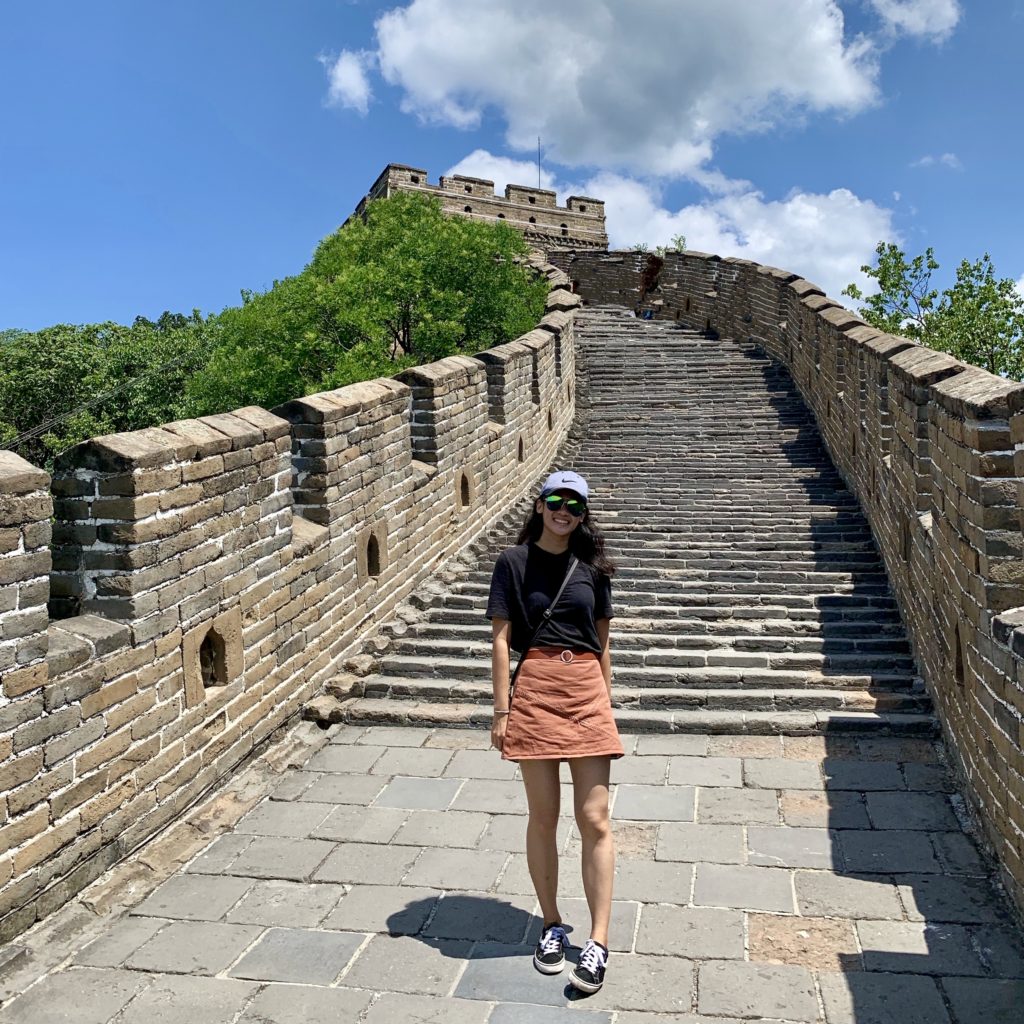
Watch tower:
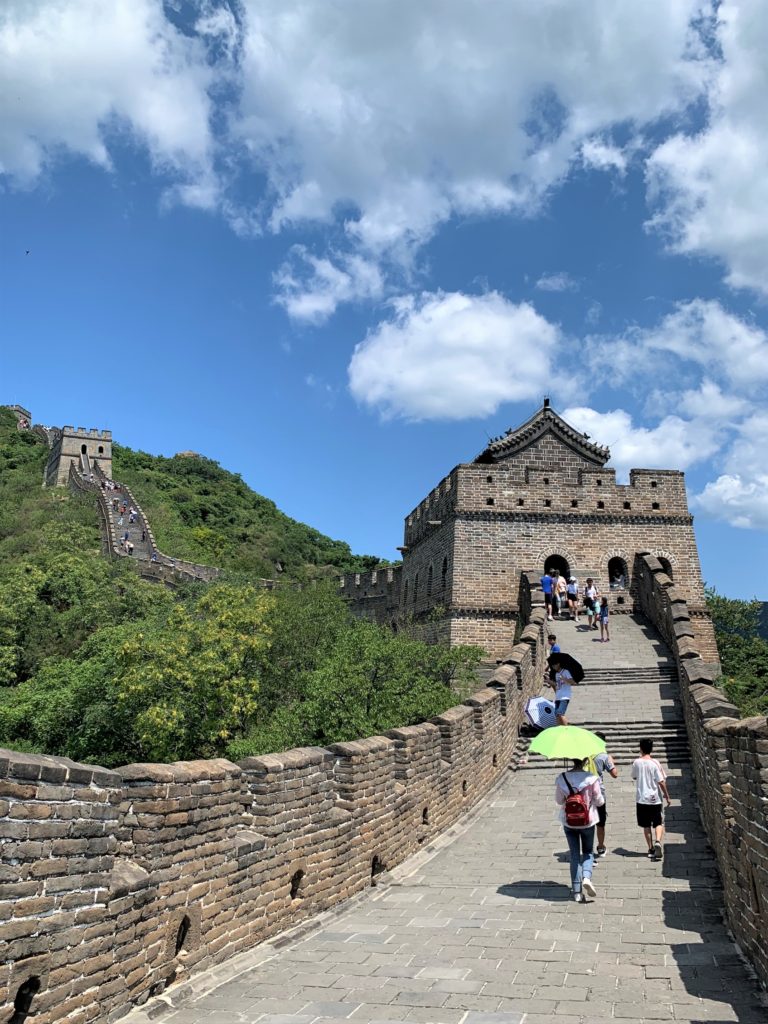
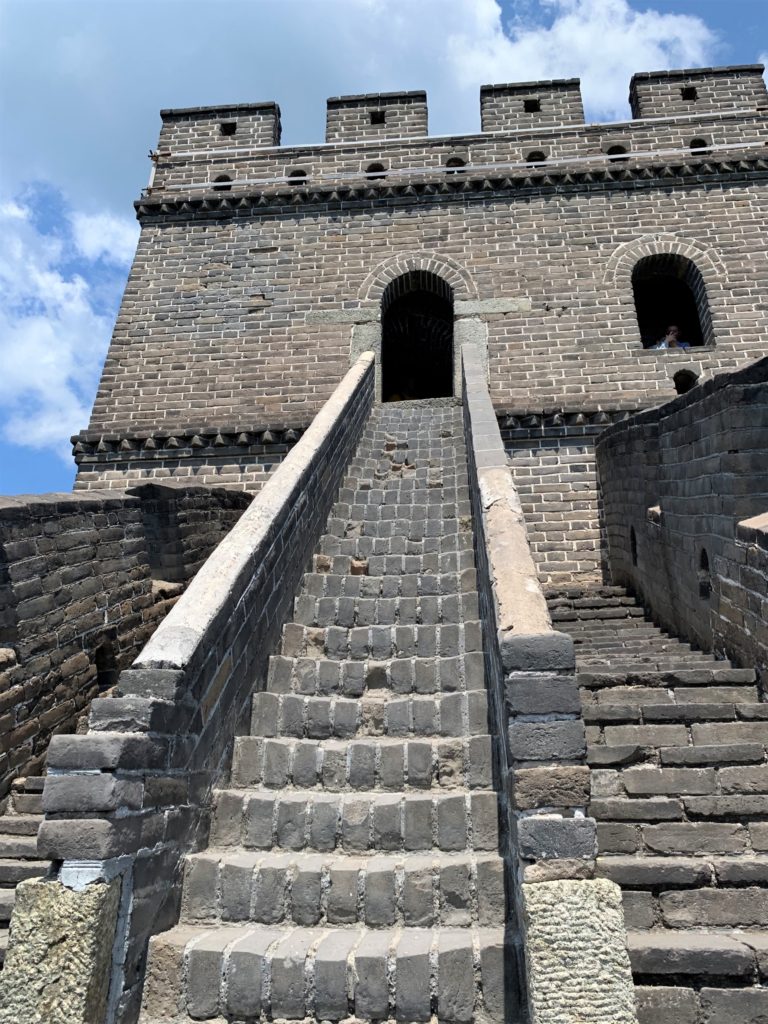
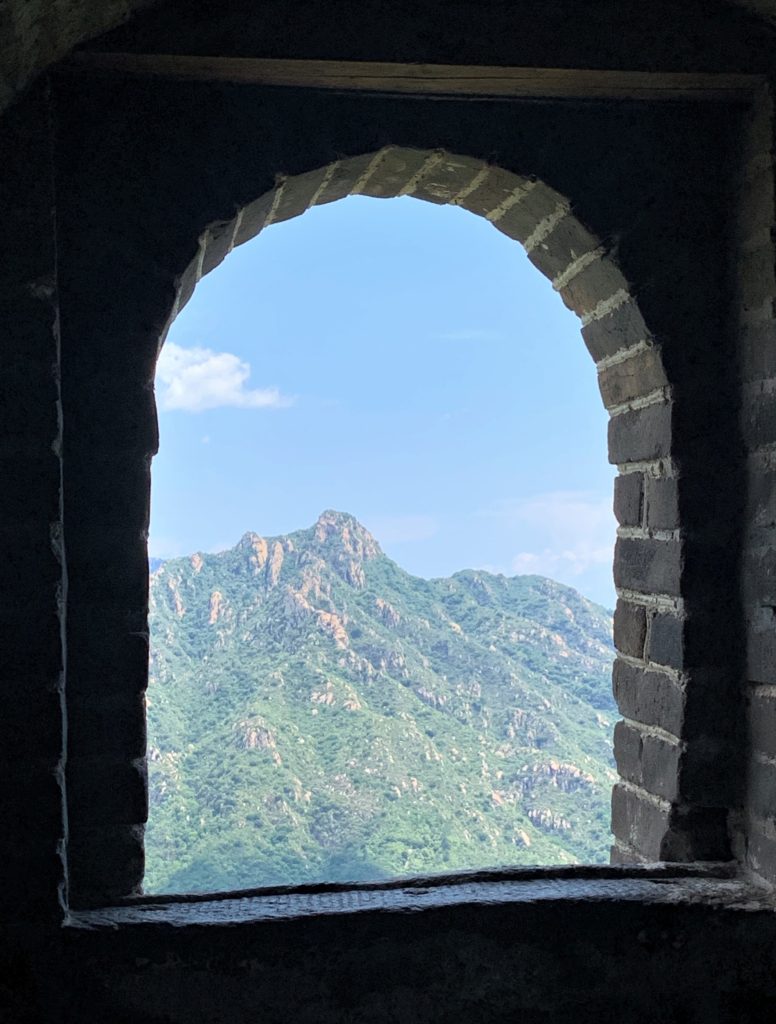
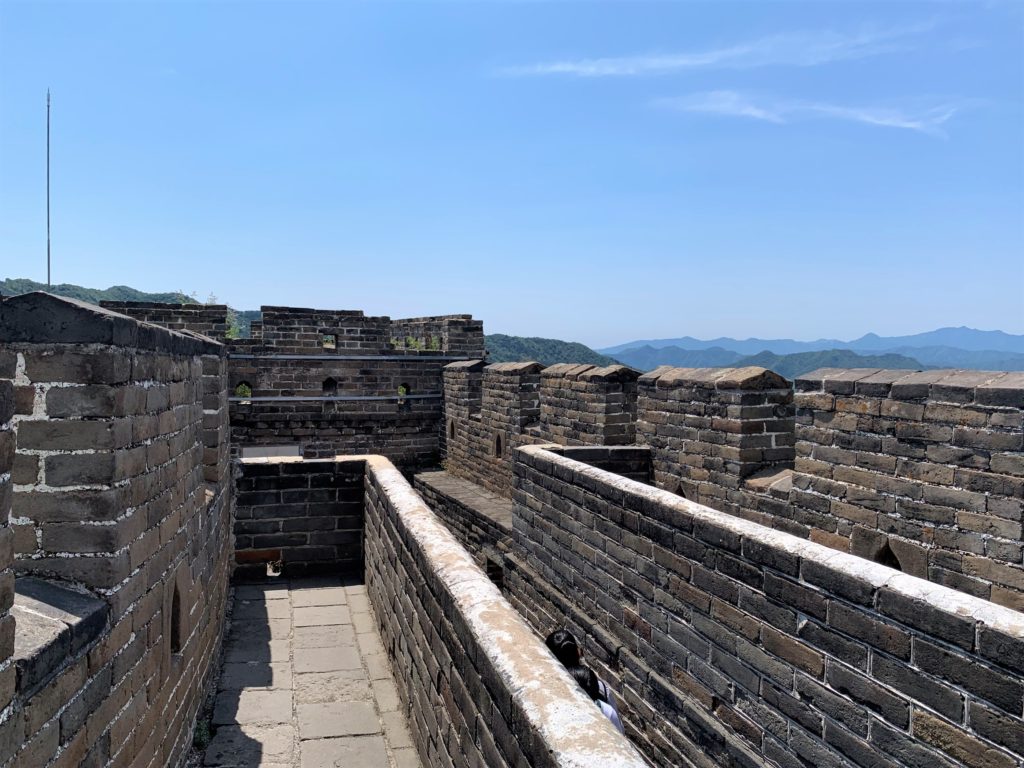
Pro tip: if you really want to buy souvenirs, get them near the ticket office on your way out of Mutianyu. They are a third of the price than inside the scenic area. Nothing beats the “I <3 BJ” t-shirt.
It was way past 3 when I got back to Beijing. I had waited half an hour for h23 at Mutianyu, and for some reason, 916 crawled in traffic in the city. I barely managed to squeeze in a visit to Summer Palace (颐和园) which closed at 6. If you pull up the Beijing metro map, you can see how freaking far Beigongmen (北宫门), the stop for Summer Palace, is from Dongzhimen. Entry is RMB15 for students, but not inclusive of many popular sites, such as Tower of Buddhist Incense and Suzhou Street.

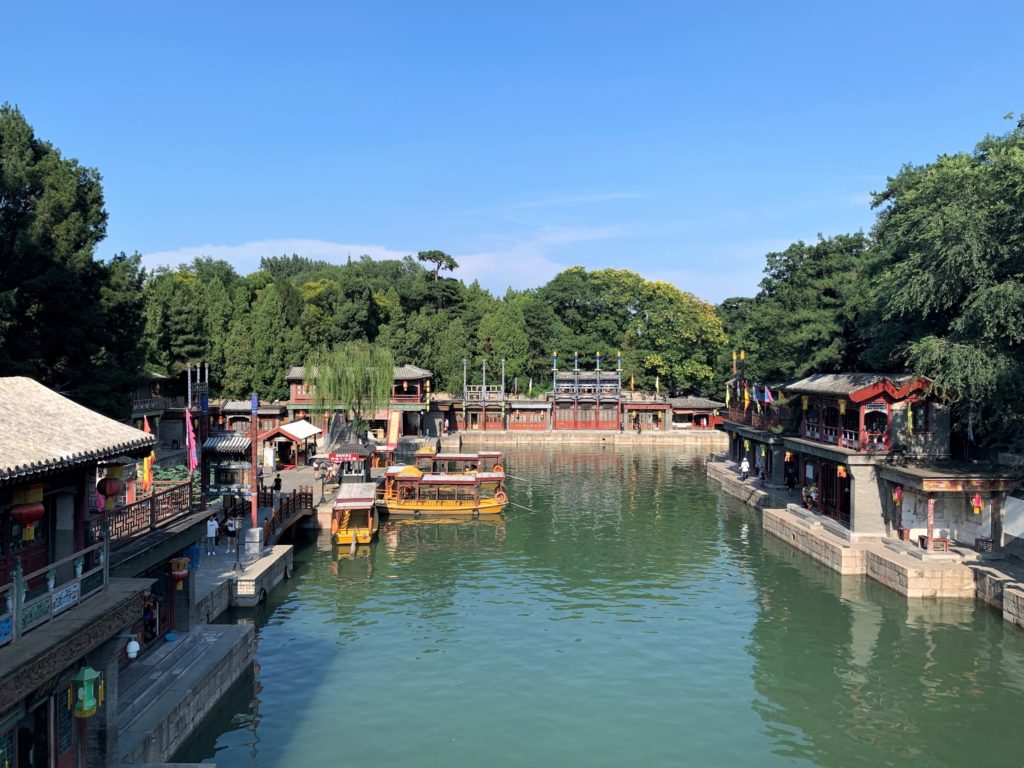

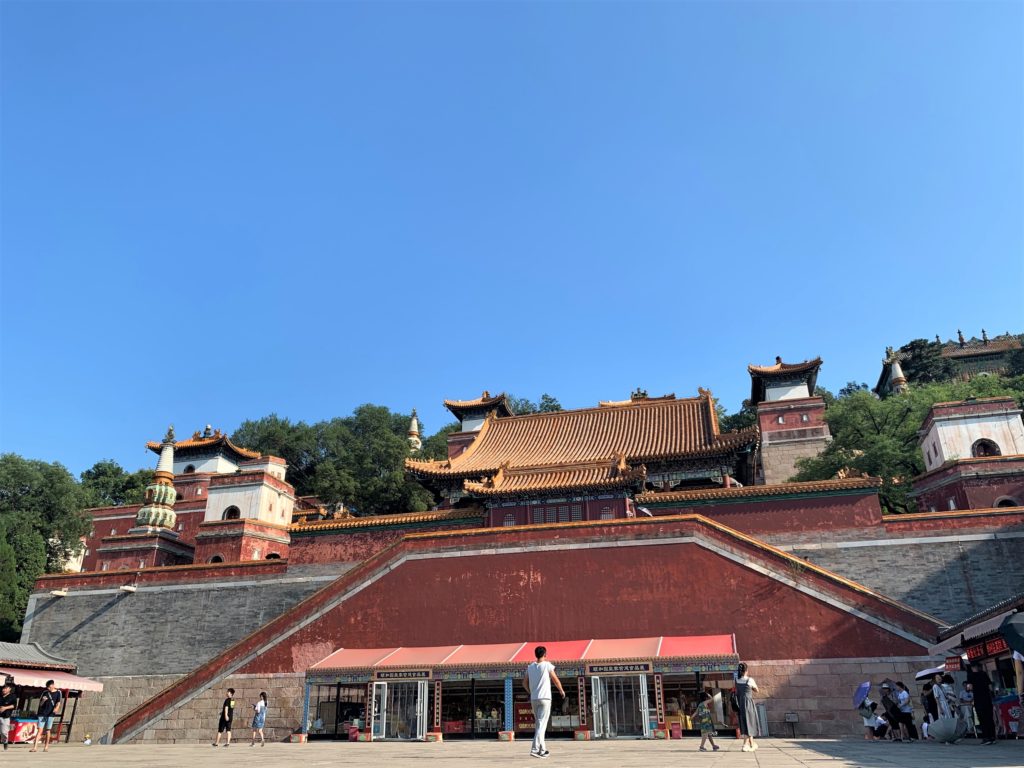
Summer Palace is another UNESCO World Heritage site that is supposedly the best royal park in China. It was an imperial garden in the Qing dynasty, extravagantly reconstructed by Empress Dowager Cixi who embezzled funds destined for the imperial navy. Some say that led to Japan winning the First Sino-Japanese War, but historians disagree.
I don’t know why this fact isn’t more prominently featured, but the buildings on the front and back hill are constructed after the Tibetan lamasery style. At first glance, I wondered why it looked so much like Potala Palace in Lhasa.
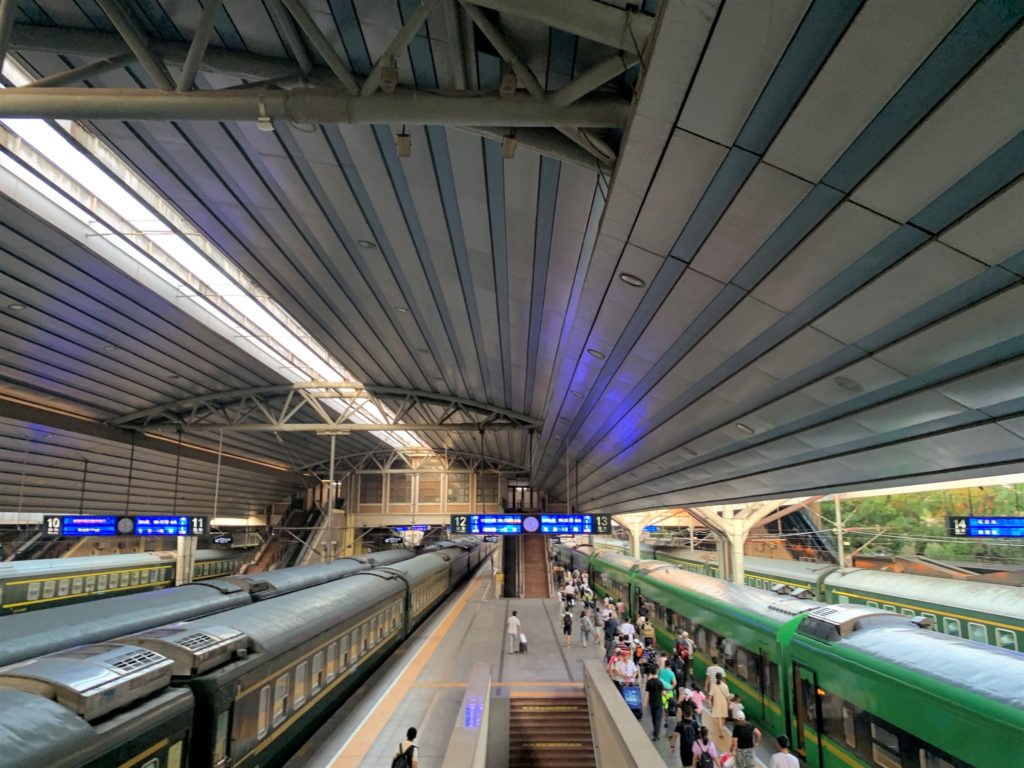
I headed back to Beijing Railway station to collect my bag and wait for my train at 19:22. The screwed-up air conditioning in the carriage was blasting air at 10C, I swear. Why on earth would I have a jacket, seeing the temperature outside resembled that of a tanning bed. The kind stranger beside me pulled out a thick cartoon blanket from his bag overhead and shared it with me. Apparently, halfway through the night I knocked out so hard that my head crash landed on his shoulder and woke him up.
Oh what did I do to deserve such kind people. I reached Shanghai Railway station at 07:26 on Monday morning and took the bus directly to work. Special mention to the friends and colleagues I met along the way. Living and travelling in China was hard, but they made it a little less so.

Hi! I am Joey, a University student from Singapore, attempting to show my appreciation for the world’s most powerful passport by literally milking its visa-free benefits one country at a time. I describe my travel budget as shoestring and travel style as audacious.

Slide into my comments section...